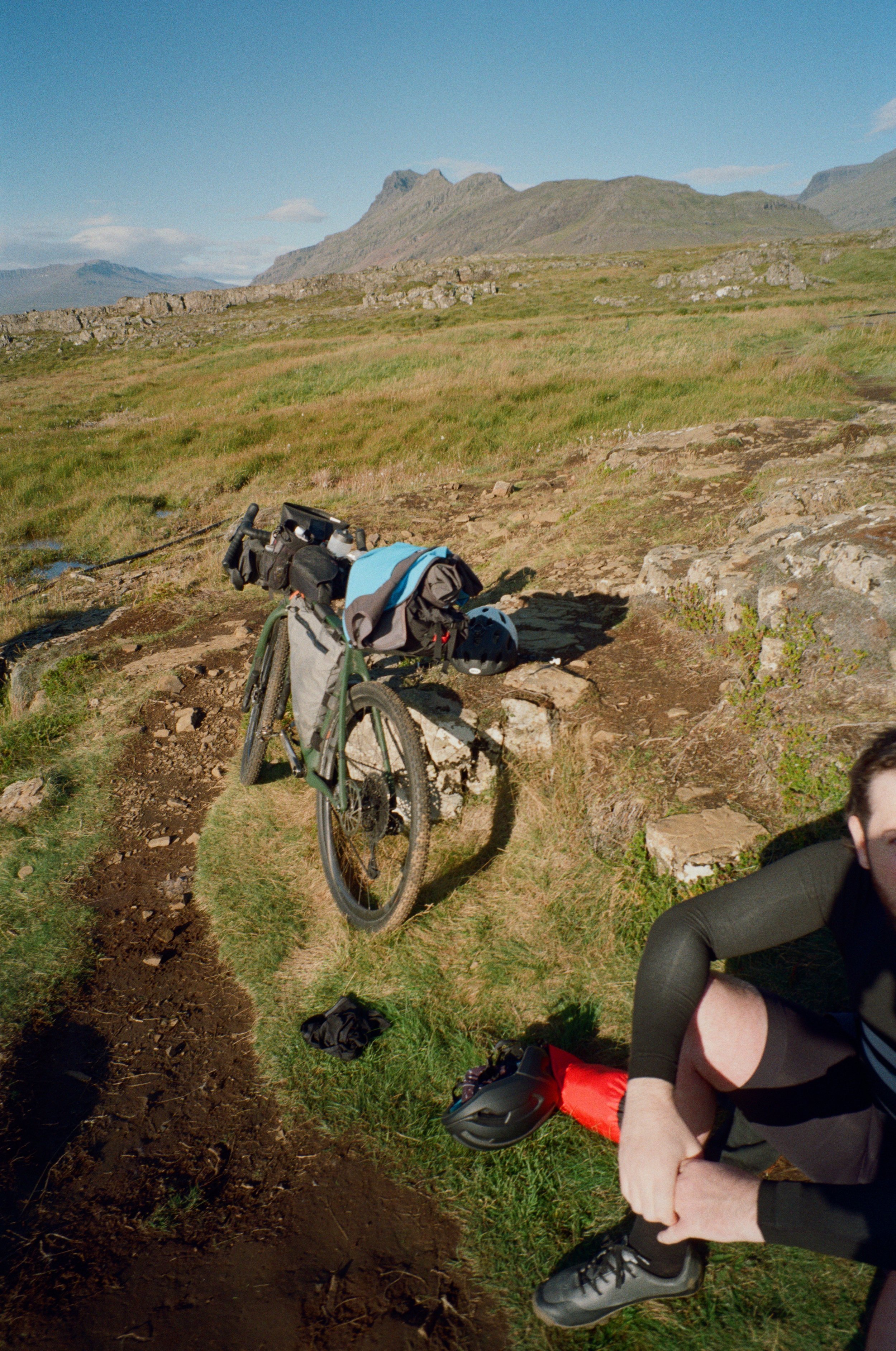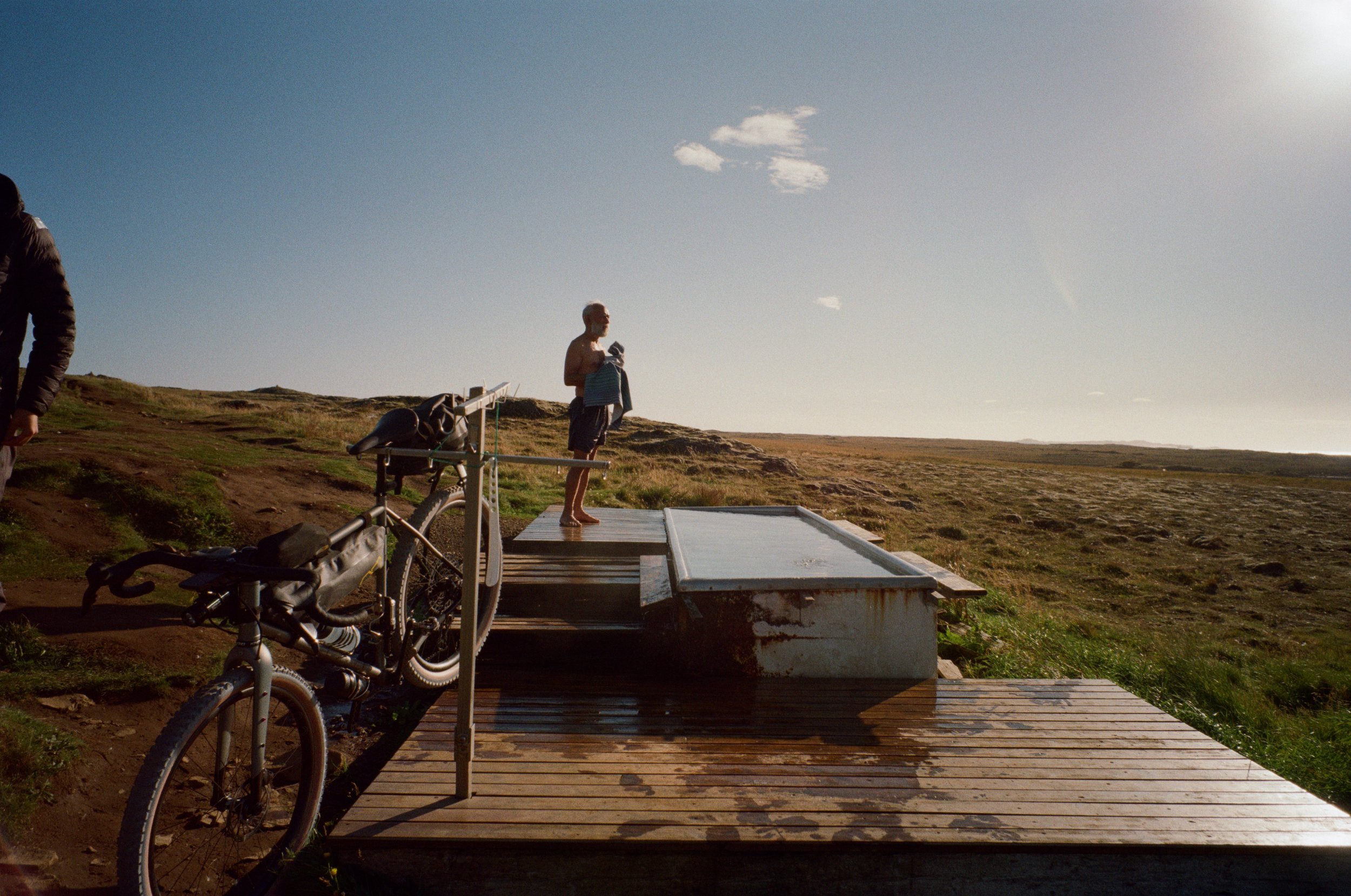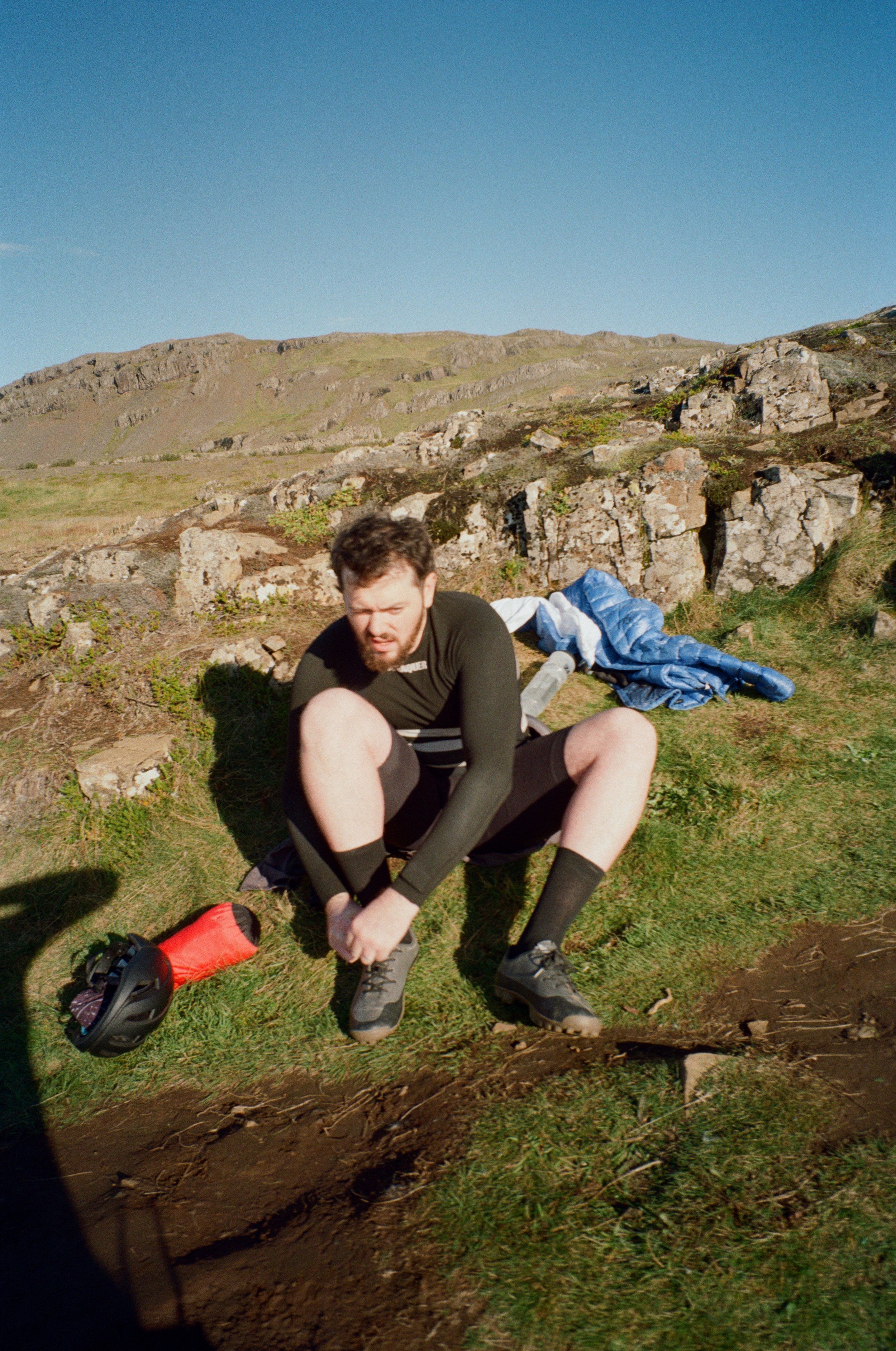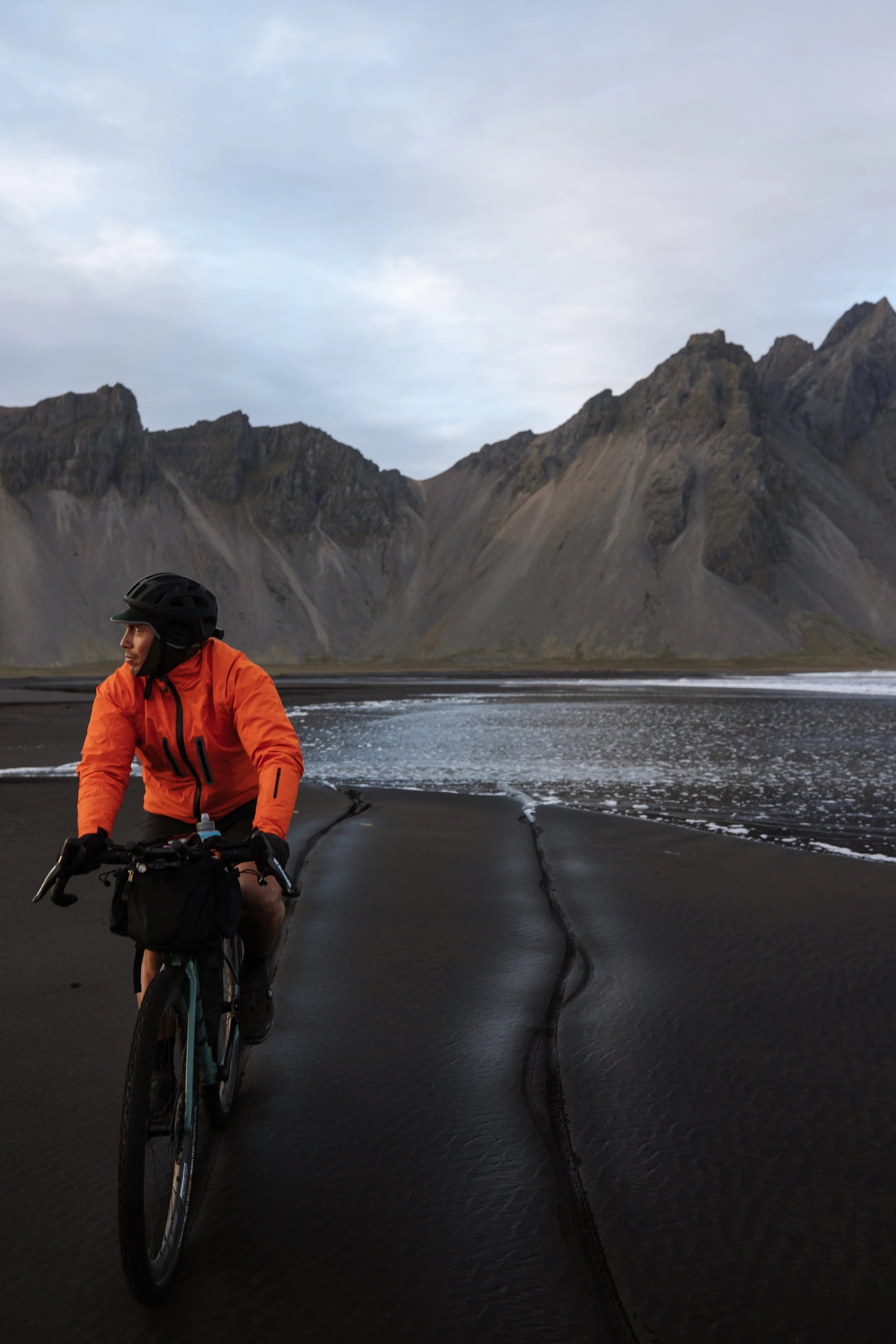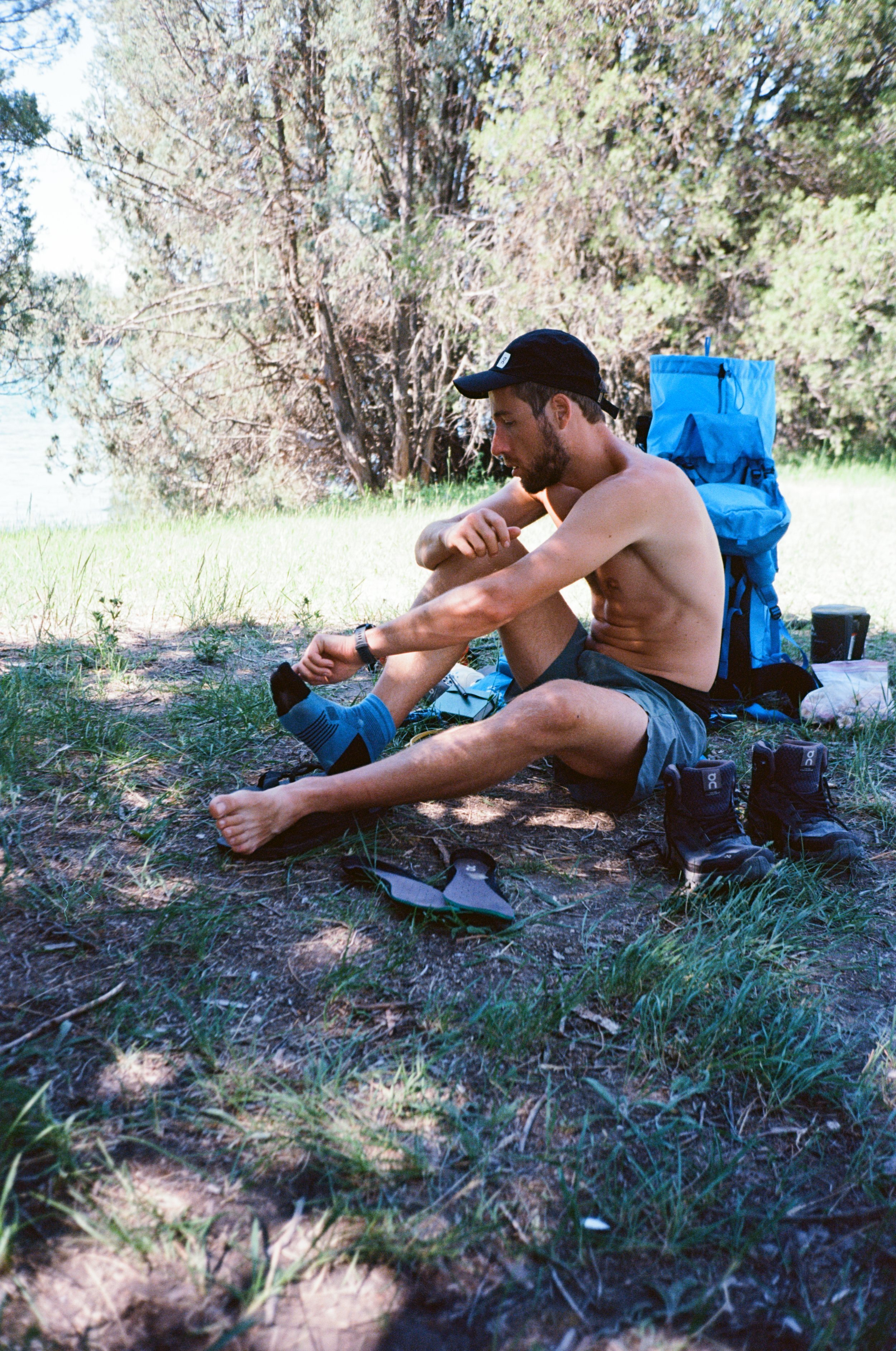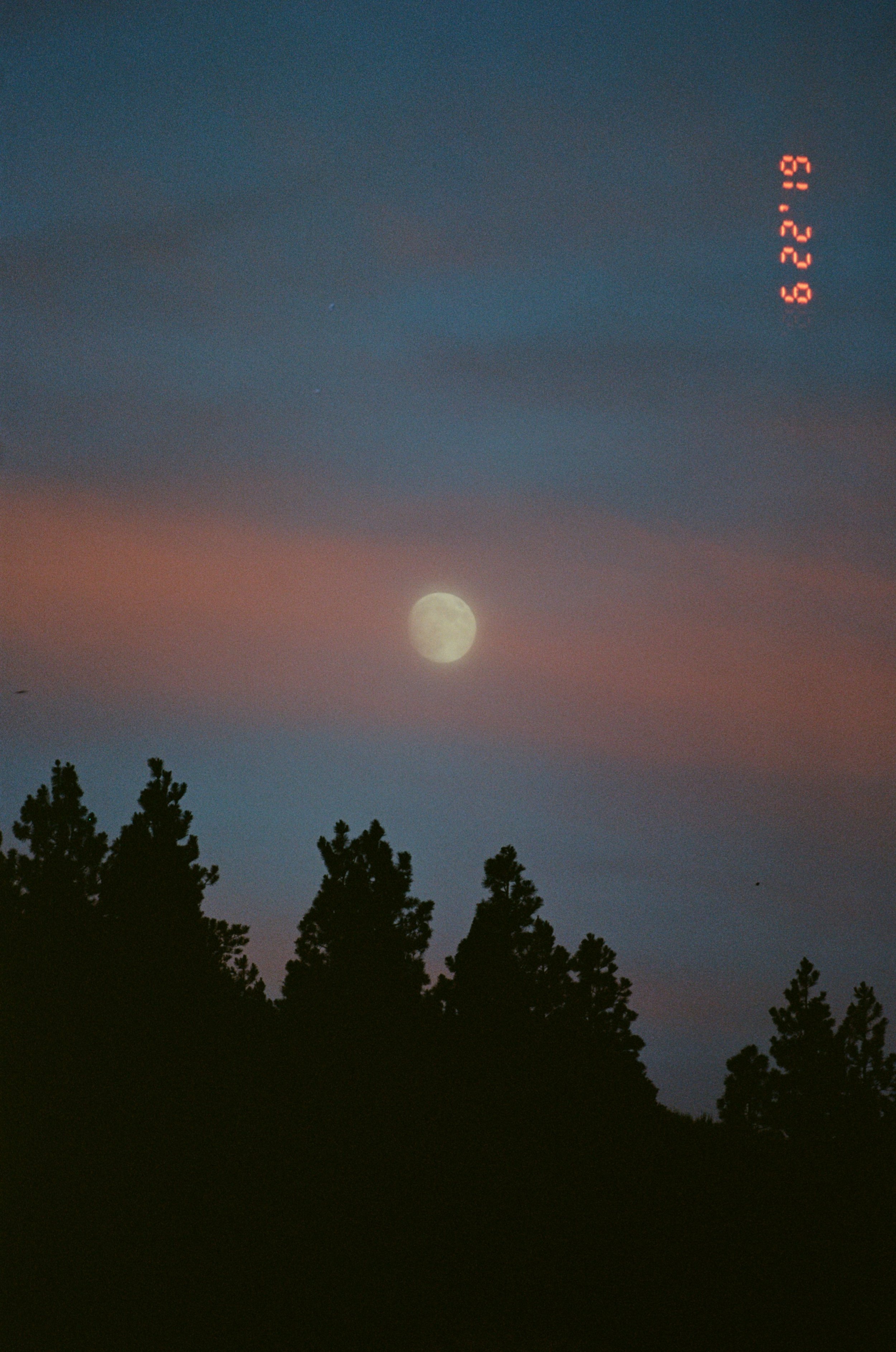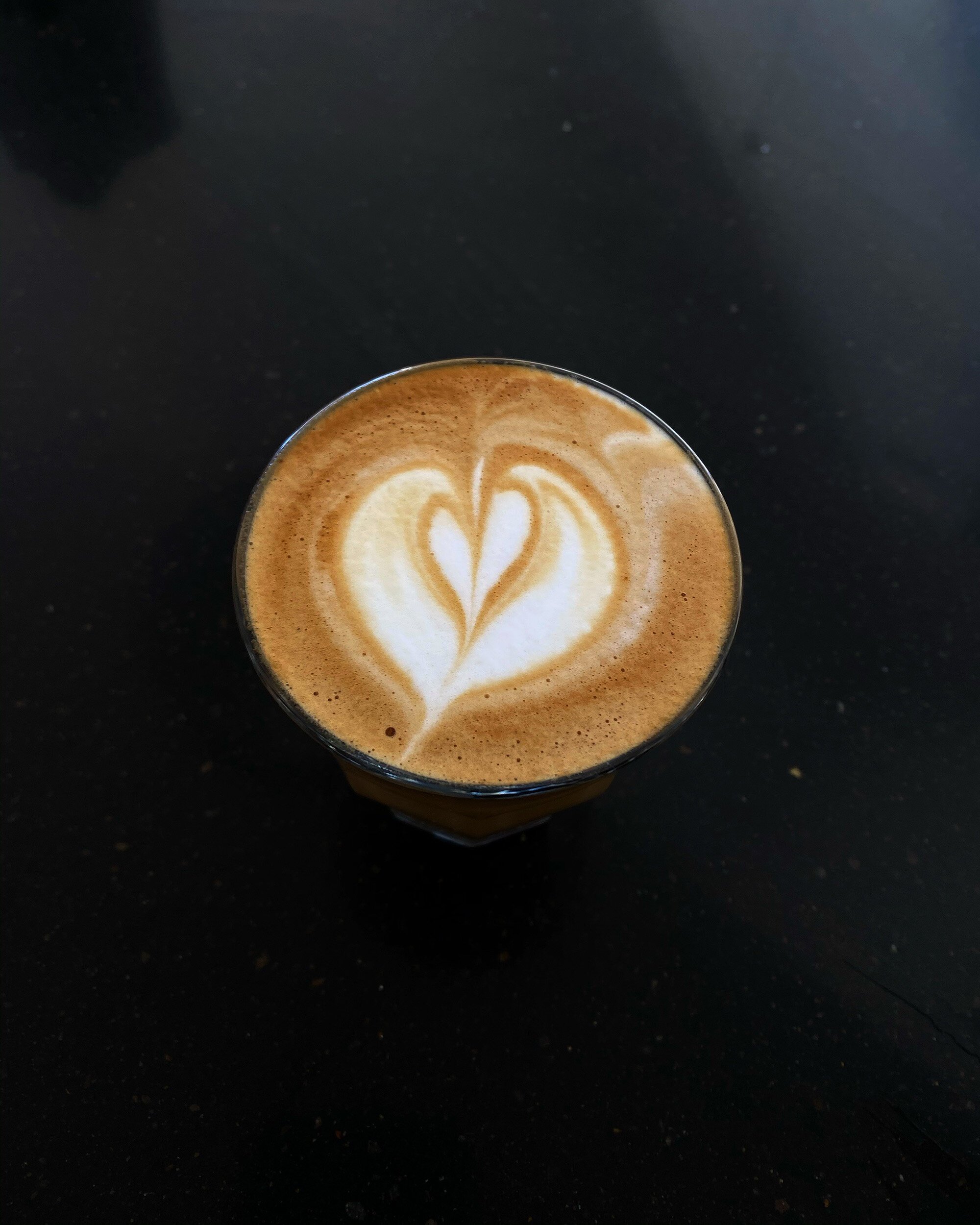The Eastfjords of Iceland by gravel bike
In the autumn of 2021, Benjamin Hardman, Chris Burkard, Steve Booker, and I sat out to cycle the Eastfjords of Iceland, unsupported. Why the East? Well, there are a few reasons such as its mouth watering topography and its gravel roads that skirt the beach but the chief reason is as follows: They are still unknown to the rest of the world.
Contrary to the Westfjords, the Eastfjords are not on every ‘must see’ blog about Iceland. Aside from the town of Seydisfjordur, with its rainbow sidewalk, there isn’t much out there about this area which is exactly why we’re here. It turned out to be such a memorable trip that I turned into a new book.
This is an excerpt of Vol 03 of Adventure Buddies which drops on November 15 (along with Vol 02)
“Adventure is giving adult means to childhood dreams.”
Sylvain Tesson, French Explorer
Its with with that quote in mind that we did the first pedal strokes out of the sleepy town of Seydisfjordur. It was a pretty glorious September day, the sun was out, and the road was almost dry (which is a luxury when riding in Iceland in the fall) as we began the lengthy climb out of the fjord.
Obligatory start photo with the Seydisfjordur church behind.
L to R: Alex Strohl, Chris Burkard, Steve Booker, Benjamin Hardman.
Photo by Evan Ruderman
Our final itinerary
Steve Booker on the leg stretching routine
Ben, smashing past a low point of Day One
Being now used to the Montana weather I’m not one to be opposed to a bit of rain here and there. Day two however, delivered a perfect Icelandic ‘Skitta-mix’ (Shit mix in Icelandic) of rain and wind that I never experienced before. We got an early start to avoid the bulk of the storm that was fast approaching, and I’m going let you into a little secret: there is always a storm approaching in Iceland, but we still got totally drenched, and blown off the road a handful of times. Our frame bags turned out to be very powerful sails in the sideways wind which made the handling of the bikes a bit… erratic.
Nevertheless we made it to our hotel just in time before the 60mph wind gusts started. There were so fierce that the waterfall behind the building started flowing upside down, the wind lifting its flow into the sky.
Day two was one to remember
In the morning of our third day, after being gently rocked to sleep by the storm, we woke up to zero winds and clear skies. Iceland in a nutshell.
A few hours into Day three, we ran into these natural hot springs outside of Djúpivogur. It was a treat to get out of the headwind for a ‘hot’ minute.
We had already been cycling for 85 miles, most of them into a gruelling headwind, but Chris suggested we do a four mile detour to go ride on the beach near Hofn. You know, ‘that beach’. Sometimes in life you only have one shot at doing something, and when is the next time I’ll be within pedalling distance of this beach I’ve so frequently visited by car. I obliged, and I’m glad Chris insisted because, what a sunset it was…
Our last day wasn’t a walk in the park either. The weather had worsened and there was a fresh dusting of snow on the peaks above us. The headwind? Still blowing.
Still it was a relatively shorter day with about 45 miles to cover so we raided the breakfast buffet at the hotel, shoving three or four croissants in our pockets, saddled up and got on our way.
On the end of Day Four, with frozen toes and soaked pants, we reached our final destination — the Glacier Lagoon.
Our ending point, the Glacier Lagoon on the south coast
These images and journal entries, along with many more, will be included in the “The Eastfjords — by Sail Boat & Gravel Bike” limited edition photo book that releases on Nov 15 on Adventure Buddies. If you’re subscribed to my newsletter (thank you), you will get an invite to order before everyone else. If you are not a subscriber, feel free to subscribe below to get the order email.
Lost Valley - Where the National Park Isn't
Here is a story that has been in the making for more than a year… In fact, I became so enthralled with this trip that I turned into a photo-book titled “Lost Valley — Where The National Park Isn’t’" which is releasing on November 15 on Adventure Buddies. This is an excerpt of it with some juicy nuggets, if you will. The book will be 64 pages long and features many, many more photos.
In the summer of 2021, my friend Isaac Johnston and I were so fed up with how crowded our backyard had become since the beginning of the pandemic that we had to do something about it. For reference, we both live in Montana’s Flathead Valley, which is known for being the gateway into Glacier National Park, and upon close inspection we realized that everyone was congregating in the same places. The spots that were on Instagram, AllTrails, and blogs…
The beauty of that is that if you just ‘pull up’ a map and start looking the opposite direction of these spots you land on an insane amount of space to roam free, un-encumbered by the droves of people also trying to have a nice time outside.
Our thinking was simple but effective: If there are more than 500,000,000 acres of public land within the U.S, why are we all stuck in the same 100,000 acres? Why don’t we go the opposite direction of Glacier National Park? And that’s exactly what we did.
DAY 1: #3 NO TRESPASSING
Because we’re walking straight south towards the river in an area that has no marked trails, we’ve had to jump a few fences. We still haven’t seen anyone, just wildlife.
In one of our fence jumping episodes, we’ve run into a man called Wacey Cathy who owns a cattle ranch. Instead of kicking us out of his ranch he’s offered us water and showed us around.
Since there are very few people down here they’re actually happy to meet us. The less of us around, the more we have time for each other it seems.
Funny anecdote about us trespassing into Wacey Cathy’s ranch — Isaac ended up coming back and making a film and photo series about their family. You never know where these trips will take you…
DAY 2: #6 RIVER FORD
Isaac thought it would be fun to ford this smaller arm of the river and I agreed. Since there was nowhere to go on the other side, he forded back and I got some photos. This is a common pattern of our trips together — his appetite for trying things always makes for good photos or at least stories.
DAY 2: Entry #10 BIG BOI CAMP
We sat up our second camp right on the shores of the river, as is tradition, so we can have unlimited water for drinking, cooking, and our evening tisanes. As we’re sitting on our pads, we hear a ruckus in the bushes below. There is no doubt, a large animal is approaching behind us and the night is falling…
DAY 3: Entry #16 WILDFLOWERS
Around mid-day the sky is entirely covered in clouds and the light is so gloomy it looks like its going to rain. Luckily, the dirt road we’re following is littered in mood-lifting wild flowers. Only a few miles to the end.
These images and journal entries, along with many more, will be included in the “Lost Valley — Where The National Park Isn’t” limited edition photo book that releases on Nov 15 on Adventure Buddies. If you’re subscribed to my newsletter (thank you), you will get an invite to order before everyone else. If you are not a subscriber, feel free to subscribe below to get the order email.
So, who’s planning to get the new book?!
Quarantine Gear: The Essentials That Kept Me Going
There are just a few dirty patches of snow beyond the window of my improvised home studio as I write this. When I first set up my makeshift desk back in mid-March, the snow walls were four feet high. Just like that, Northwest Montana has slid into spring and I wonder where the time went.
The last few weeks have been like no other; the world has suffered and still has a ways to go. At the beginning I was anxious, wondering what I might miss (thoughts of a spoiled "go where I want, when I want" adventure photographer, perhaps). But as the hours turned into days and the days became weeks, I came to terms with the peace around our home. We're lucky enough to live at 4,500 feet, at the base of a ski resort with very few neighbors. Most of them visit their second (or fourth) homes for Christmas, ski a couple weeks, and leave just as fast as they came. I'm one hundred percent OK with that because it means Andrea and I get the vast extent of trails and backroads to ourselves eight months of the year.
The same trails that kept me in relative fitness the past several years have brought me so much more during the pandemic—they've kept me physically healthy and mentally sane. So I'd like to dedicate this little post about gear to the network of trails and backroads here, because without them I'd be having a very different quarantine experience.
Although I love quality products, I'm not much of a gear head. I see tools as a necessity and enjoy the research process, but it all comes down to utility—how do I use it? Once they're here, I don't give them much thought unless they break. So ask yourself: Do I need it? How could I use it? Consider these my suggestions for individuals with similar existences to mine—and if you're even remotely in the same boat, I reckon you'll find them quite useful.
The pandemic has had an interesting effect on our day-to-day communication: "Instagram Lives" have exploded in popularity. At any point I open the app, there's at least one live chat underway; in fact, this morning I opened up Instagram to find FOUR such lives taking place. Talk about a change in behavior. Since quarantine began, I've received countless Instagram Live requests and accommodated a large number of them (if you've missed them, make sure to subscribe to my post notifications on the app). The Peak Design tripod has been getting daily usage, mounting my phone on its nifty hook attachment.
I highly recommend this tripod for its ease of use and sleek appearance. I've had one for 11 months, and love how small it packs down for photo missions.
There are two models: carbon fiber and aluminum. If you're obsessed with weight or have a disposable income, by all means I'd encourage you to choose carbon fiber. But for everyone else, the aluminum is perfect.
Aluminium
Weight: 1.56 kg (3.44 lbs)
Carbon
Weight: 1.27 kg (2.81 lbs)
During one Instagram Live conversation, someone asked if I had a go-to photography accessory. The first thing that came to mind was this solid state drive from Lexar. (Full-disclosure: I am a member of their ambassador team, but I've been recommending portable SSDs for on-the-go creators since 2016—this is the best drive I've ever owned.) Before I get into the specs of the Lexar model, here's why an SSD is essential to any traveling photographer or filmmaker:
The nature of our job requires us to deal with large files. On a shoot, we fill up 128GB cards in a handful of days and have to dump those files somewhere. Historically, we carried those quirky looking LaCie drives coated in orange silicone. Those were slow, bulky and prone to fail after extensive usage—that's because there was an actual disk spinning inside of them. Every hard drive will blow up in your face at some point; it's an unfortunate part of life. In 2015, portable SSDs became affordable and I began to play with them. They changed my workflow—on remote shoots I could have just two of them for backups. One remained in the hotel room, while the other clipped to my waist belt. It's the ultimate traveling backup system.
Although I haven't been on the road in the past two months (Thanks, Covid-19), I've been using the Lexar SSD every week to pass files to our film editor and as work drives when editing recent photos.
How fast is it?
Build quality is top notch. The USB-C port is tight—when you insert a cable and wiggle it there's no looseness (which in my experience, is a sign that one day that port will fail). If you don't have one but are going to be on the move (whenever we're finally allowed), invest in one—it'll simplify your life.
Lexar Professional SL100 Pro Portable SSD
Weight: 70.5g / 0.155lbs
Writing / Reading Speed: Up to 900mbps
#3 Arc'teryx Cerium SL Hooded Jacket
Spring is a weird season for clothing, especially up north. One day, it's 60 degrees and sunny; the next, 33 degrees and blowing snow. That's fine if you're cozied up at home, but when you're trying to stay active it becomes an experiment in layering systems. Through years of weekly exercise regimes—skiing, biking, hiking and walking—I've refined my kit. And perhaps my favorite piece is the Arc'Teryx Cerium SL Hoody. To this date, I've no idea what the name means (Does anyone? Does Arc'Teryx even know?), but I've used several iterations of this jacket each spring and summer. What I appreciate most is packability: it stuffs into its own pocket, easily fitting into a cramped backcountry ski backpack or a bike saddle bag. It even fits in a hoody pocket.
Warmth
This is a light jacket that packs 1.7 ounces of down (compared to a winter jacket that can pack well over three ounces of down) at a fill rate of 850. Manufacturers like to brag about fill rate ("800 fill", "900" fill), but it's just an indication of the density to which the down is packed. To put it simply: The higher the number, the more feathers are in it per cubic inch. But to understand warmth, the number you want to pay attention to is the weight of packed down: a 1.7 ounce fill puffy will keep you half as warm as a 3.4 ounce fill jacket. Look at both numbers to balance density and warmth.
The Cerium SL bundles all that down in a 7D RipStop fabric which is ultra light and waterproof... out of the assembly line, at least. I generally don't trust down jackets to keep me dry in any proper storm, and neither should you (synthetic fill retains more heat when wet than down), so I'd recommend you pack a shell like this one if you're heading into the unknown!
Fit
I'm 5-foot-10 and 165 pounds and wear a size Medium. It's pretty fitted and I like that because it doesn't get caught in branches and actually looks nice. I've been taking this puffy on morning ski tours up the hill, long bike rides, and daily walks around the house.
If you're in the market for a very light (7.6 oz / 215g) spring and summer jacket that won't take up too much space and looks and feels good, this is it.
Arc'teryx Cerium SL Hooded Jacket
Weight: 7.6 oz / 215g
Packed down: 1.7 oz
Down fill: 850
As much as I love coffee and can't grapple with the idea of a single day without the delicious aroma that emanates from a brewing pour-over, I’m not entirely qualified to talk about the subtleties between unique coffee beans. There are people who can tell you all about the intricacies between an Ethiopian bean from the Yirgacheffe region versus one from the Sidamo region. To my great dismay, I’m not one of these individuals.
However, I’ve spent the past three years educating myself about the components that make a delicious coffee, and I've narrowed it down to three critical criteria: a great coffee is A) sourced from a quality producer B) fresh and ground to order C) prepared by a qualified barista. If you've checked these boxes, you’re likely to be treated to an otherworldly experience far-removed from the likes of Folgers ;) Such is the case with Icarus—named by its creators, Pete Milne and Levi Hoch , after a character in greek mythology who flew too close to the sun. Surprisingly for my own taste, it's an espresso blend—something I've never sought. (I have this silly idea in my head that anything blended ends up as a compromise, a mediocre "crowd pleaser." No-one ever thought about blending Picasso and Monet’s paintings... but I digress.)
So, I love Icarus because it’s a well balanced espresso blend that didn’t fly too close to the sun—a light to medium roast, in coffee terms, yielding a bright, punchy drink that shines through milk.
WaxWing Roasters Icarus Espresso Blend
Weight: 1lb bag
+ free shipping during COVID
For the entire month of March, Stephen and I met every night at the same time. Not literally, of course, but his book about the craft of writing is so personal that I felt as if we were hanging out in the same room. On Writing has 4,118 five-star reviews on Amazon, and I understand why: King is a literary savant, and the contents in the book come to life in a sharp, riveting way. I've thoroughly enjoyed it even though I don't have lofty writing ambitions. If you're remotely interested in how to be a storyteller or writer—a skill that we all use daily—give this book a read. Here are four takeaways I've gleaned from Mr. King:
Have a writing routine and stick to it.
King does all his writing in the morning and he doesn't leave his desk unless he's put down 2,000 words.Let a few months go by before revisiting your texts (or photos).
I've applied this to photography in the past—I like letting entire catalogs of photos sit for one or two months before I dive back in. I always find a gem or two that was missed in the first cull.Anyone who wants to tell stories should consume a lot of stories.
The brain has an intriguing way to process information in the background, whether we read stories or watch films. The next time we're in "creation mode," we can pull from our database of stories consumed and infuse our work with that inspiration.When you know what you want to say it's easier to say it.
How many times do we start a sentence without exactly knowing where we're going and end up deleting it after a few tries? It's perfectly normal, but it used to frustrate me—why couldn’t I get my thoughts out? This is simply the creative process manifesting itself, one painful word after another; reading King describe that process made me realize we're all in the same boat. Until we have a crystal clear idea of what we're trying to say, it'll be confusing to put on paper—but that's just the creative process. Embrace it.
P.S. I've read that the audiobook version is even better (narrated by Stephen King, himself), so I've linked it here.
On Writing By Stephen King























